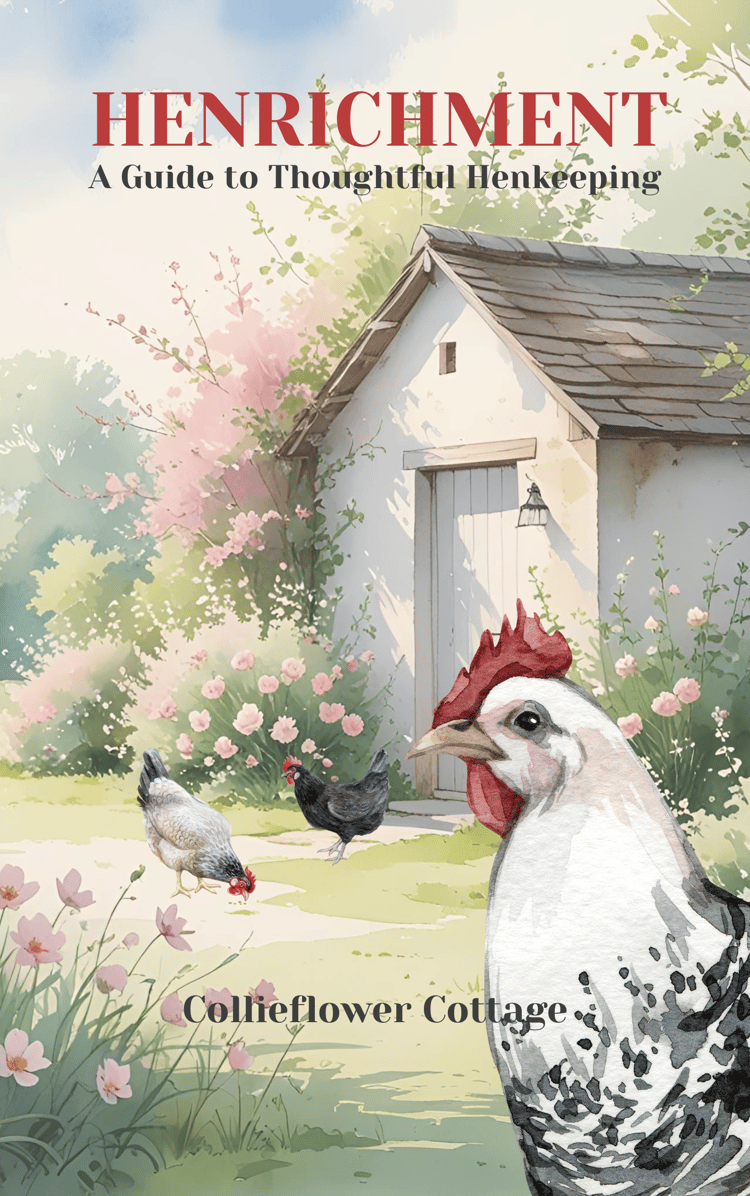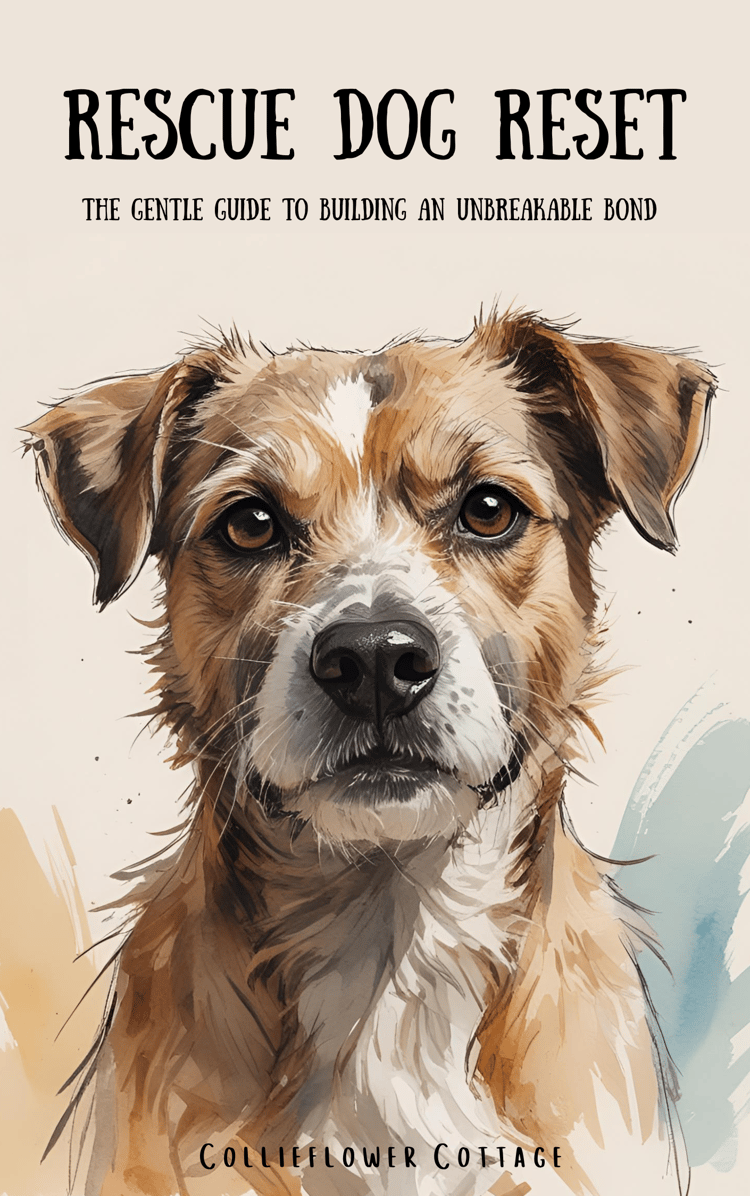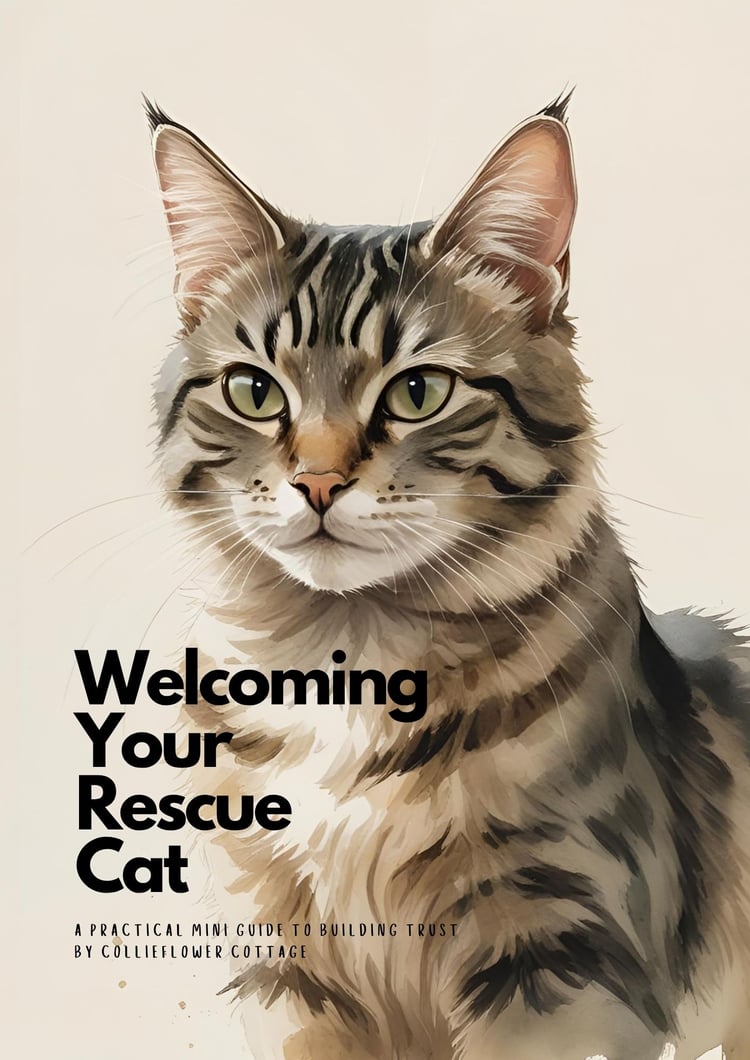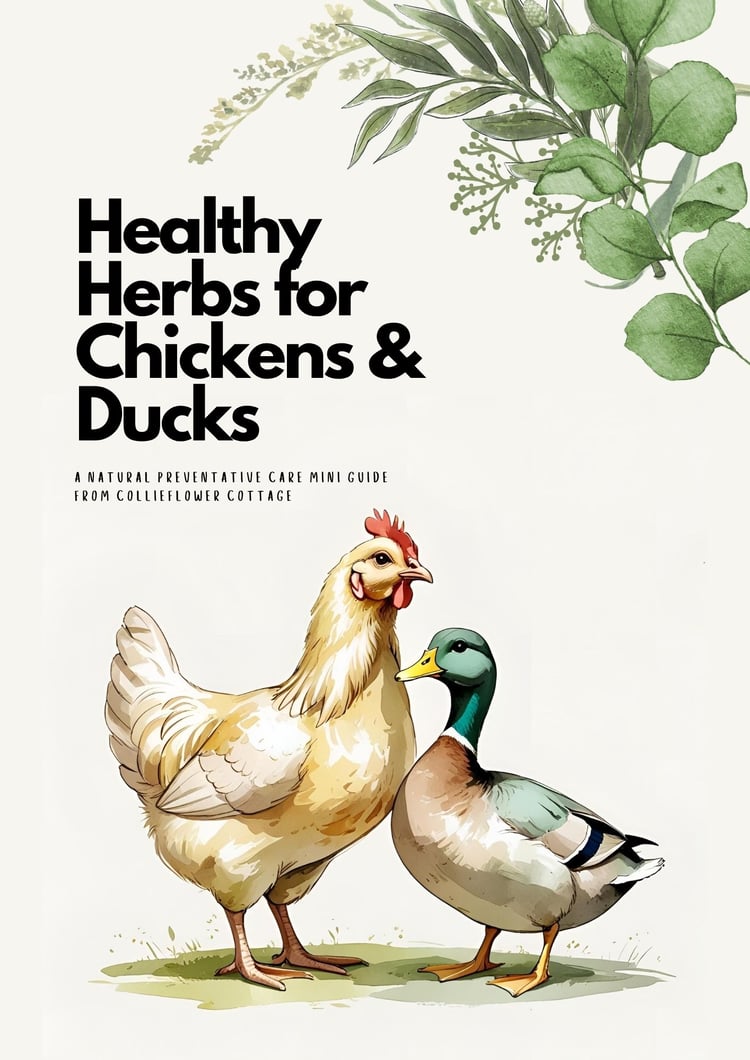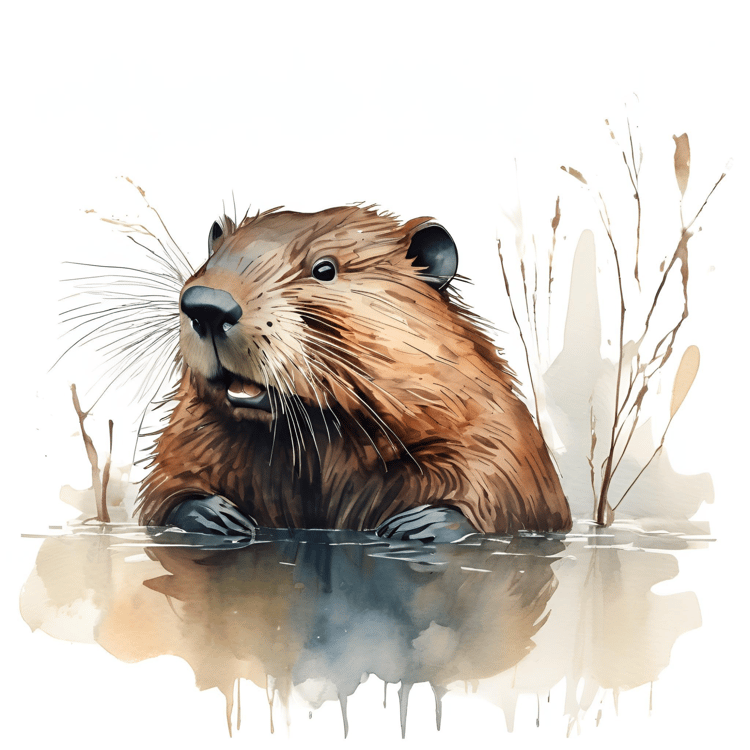When the temperature rises, our pets can really struggle to stay cool. Here’s how to keep your pets safe and comfortable in warm weather — plus warning signs to watch out for.
Why Heat Is Dangerous for Animals
Most pets aren’t as good at cooling down as humans. Dogs and cats only sweat through their paws and mostly rely on panting. Rabbits and small furries have delicate systems that can quickly overheat. Chickens and other poultry are vulnerable to heat stress, especially in poorly ventilated housing.
Heatstroke can be fatal. Prevention is key.
*if you are worried your pet is overheating, call a vet*
Dogs in Hot Weather
Do:
- Walk your dog early in the morning or later in the evening — avoid midday heat
- Provide constant access to clean, cool drinking water
- Offer cool, shaded spots indoors and out
- Use cooling mats or damp towels on the floor
- Provide a shallow paddling pool to help them self regulate
- Wet your dog’s coat with cool (not icy) water in extreme heat
- Watch for signs of heatstroke: excessive panting, drooling, vomiting, wobbliness, or collapse
Don’t:
- Walk on hot pavements — test it with your hand
- Leave dogs in cars — even with windows cracked
- Let them overexert themselves, even if they seem keen
When in doubt, call your vet. Heatstroke is a medical emergency.
Cats in Hot Weather
Cats are often good at finding cool spots, but still need help to stay safe.
Do:
- Leave windows open with secure screens or restrictors
- Keep blinds or curtains drawn during the hottest part of the day
- Provide extra water bowls around the house
- Offer cooling mats or shaded spots outdoors
- Groom long-haired cats more regularly to remove excess fur
Don’t:
- Shut cats in conservatories or greenhouses
- Assume they’ll always self-regulate — older or flat-faced cats can overheat quickly
Rabbits and Guinea Pigs in Warm Weather
Small pets are very vulnerable to overheating — especially if kept in hutches.
Do:
- Move hutches into shaded areas
- Provide frozen water bottles (wrapped in a towel) for them to lean against
- Make sure runs are well-ventilated with both shade and airflow
- Groom regularly to reduce the risk of flystrike
- Check bottoms at least twice a day for signs of soiling or maggots
Don’t:
- Cover hutches entirely — it traps heat
- Use plastic or glass water bottles that get hot in the sun
- House rabbits indoors without ventilation or cooling options
Chickens, Ducks and Other Poultry
Poultry will keep foraging and laying, even when stressed by the heat.
Do:
- Ensure constant access to fresh, cool water — offer multiple sources
- Provide deep shade and well-ventilated housing
- Add frozen fruit or vegetables to water for enrichment and hydration
- Use dust baths with dry earth or sand
- Clean coops more frequently — heat accelerates bacteria growth
Don’t:
- Keep them in metal housing or unshaded runs
- Rely on fans in small, enclosed spaces — airflow is more important than breeze
- Assume they’ll move into shade on their own
Signs of Heat Stress in Pets
- Dogs: Heavy panting, drooling, lethargy, vomiting
- Cats: Rapid breathing, drooling, red gums, seeking unusual spots
- Rabbits/Guinea Pigs: Lethargy, red ears, shallow breathing
- Poultry: Wings held away from body, panting, reduced appetite
Simple Ways to Keep All Pets Cool
- Shade, ventilation, and hydration are key
- Avoid travel during peak heat
- Never leave any animal in a vehicle or enclosed space
- Always have an emergency vet contact ready
Our articles are free because we want as many people as possible to think about animal welfare. You can support our mission to provide sanctuary to more animals and tell more of their stories by visiting our store, sending a gift or sharing our articles on social media



